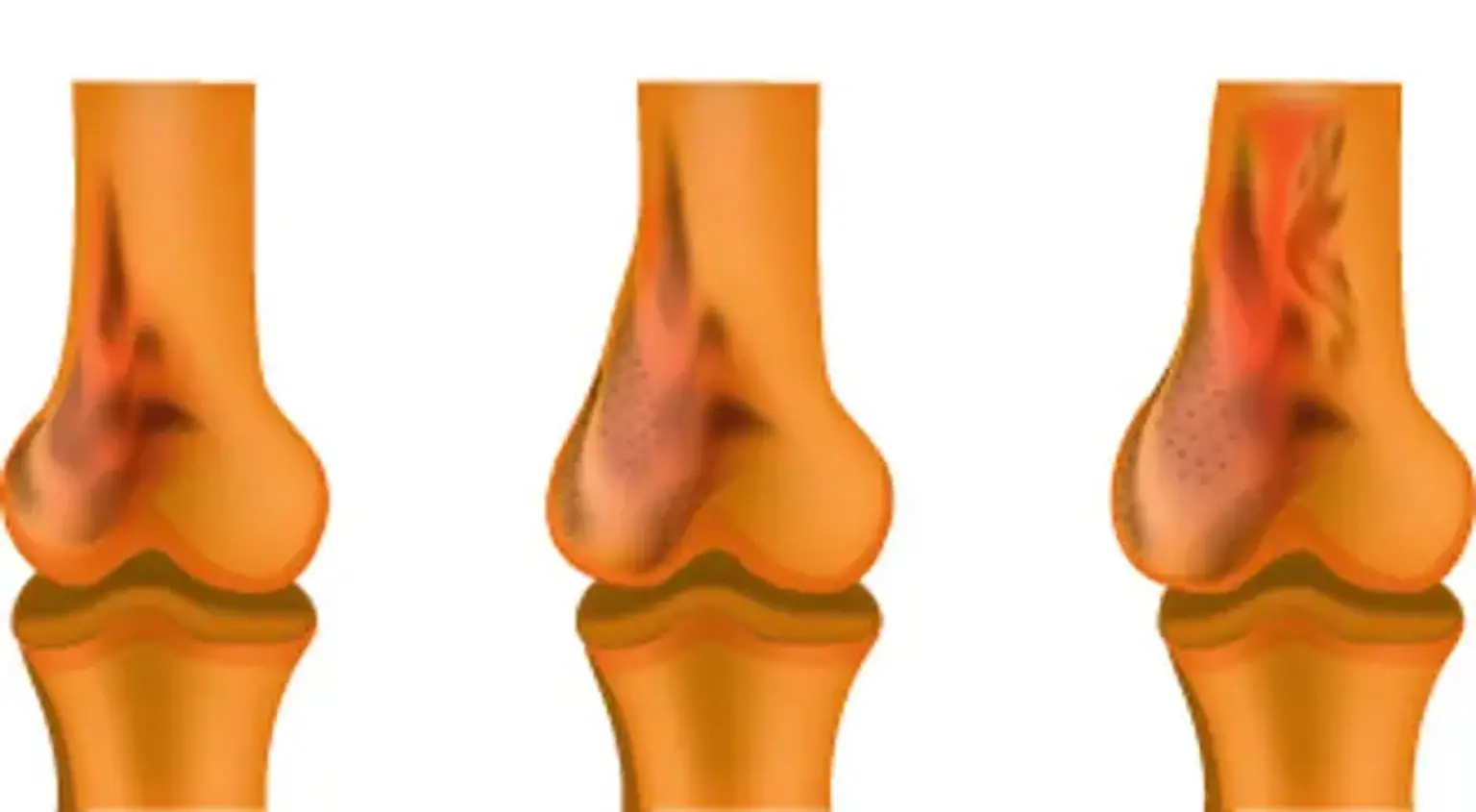Introduction
Osteosarcoma is a rare and aggressive form of bone cancer that primarily affects adolescents and young adults. Although it is uncommon, it accounts for a significant portion of bone cancer diagnoses. Early detection and timely treatment are crucial in improving survival rates. Osteosarcoma typically develops in the long bones of the body, particularly the femur (thigh bone) and tibia (shin bone), though it can appear in other bones as well.
Globally, the incidence of osteosarcoma varies, but it is most commonly diagnosed in teenagers between the ages of 10 and 20, with a second peak in older adults. In recent years, advancements in treatment have significantly improved the outlook for patients, yet challenges remain in cases involving metastatic osteosarcoma.
What is Osteosarcoma?
Osteosarcoma is a malignant tumor that originates in the bone-forming cells (osteoblasts). Unlike other types of bone tumors, osteosarcoma aggressively destroys bone tissue and can spread (metastasize) to other parts of the body, most commonly the lungs.
Most cases of osteosarcoma occur around the knee joint, but the tumor can develop in any bone. It is characterized by rapid cell growth, leading to large masses that weaken the bone and cause pain. Osteosarcoma is different from other bone cancers like chondrosarcoma and Ewing’s sarcoma in both its biology and treatment.
Symptoms of Osteosarcoma
The symptoms of osteosarcoma vary, but the most common sign is pain in the affected bone, which may worsen with physical activity. This pain is often mistaken for growing pains in children or sports injuries in teens. Other common symptoms include:
